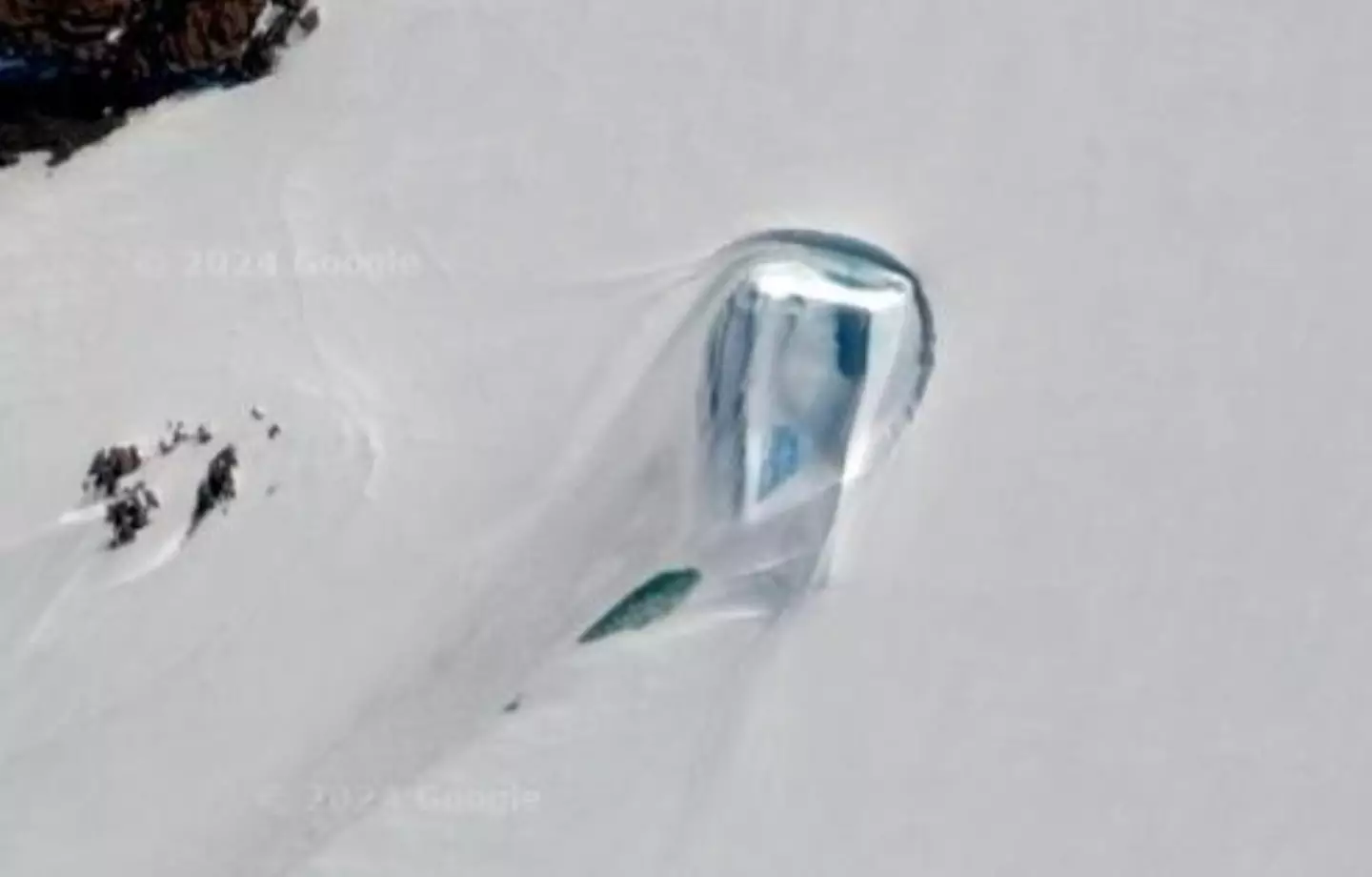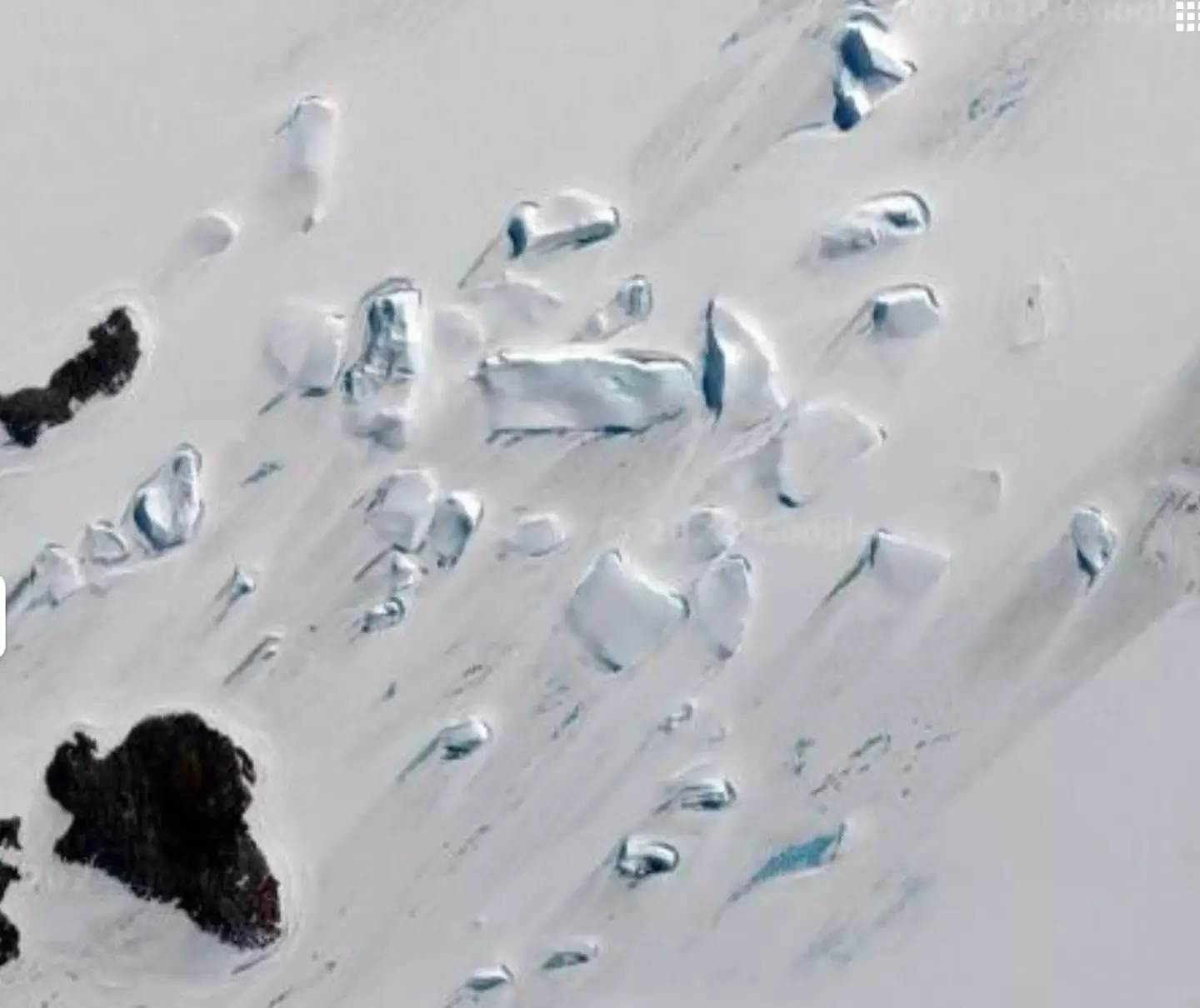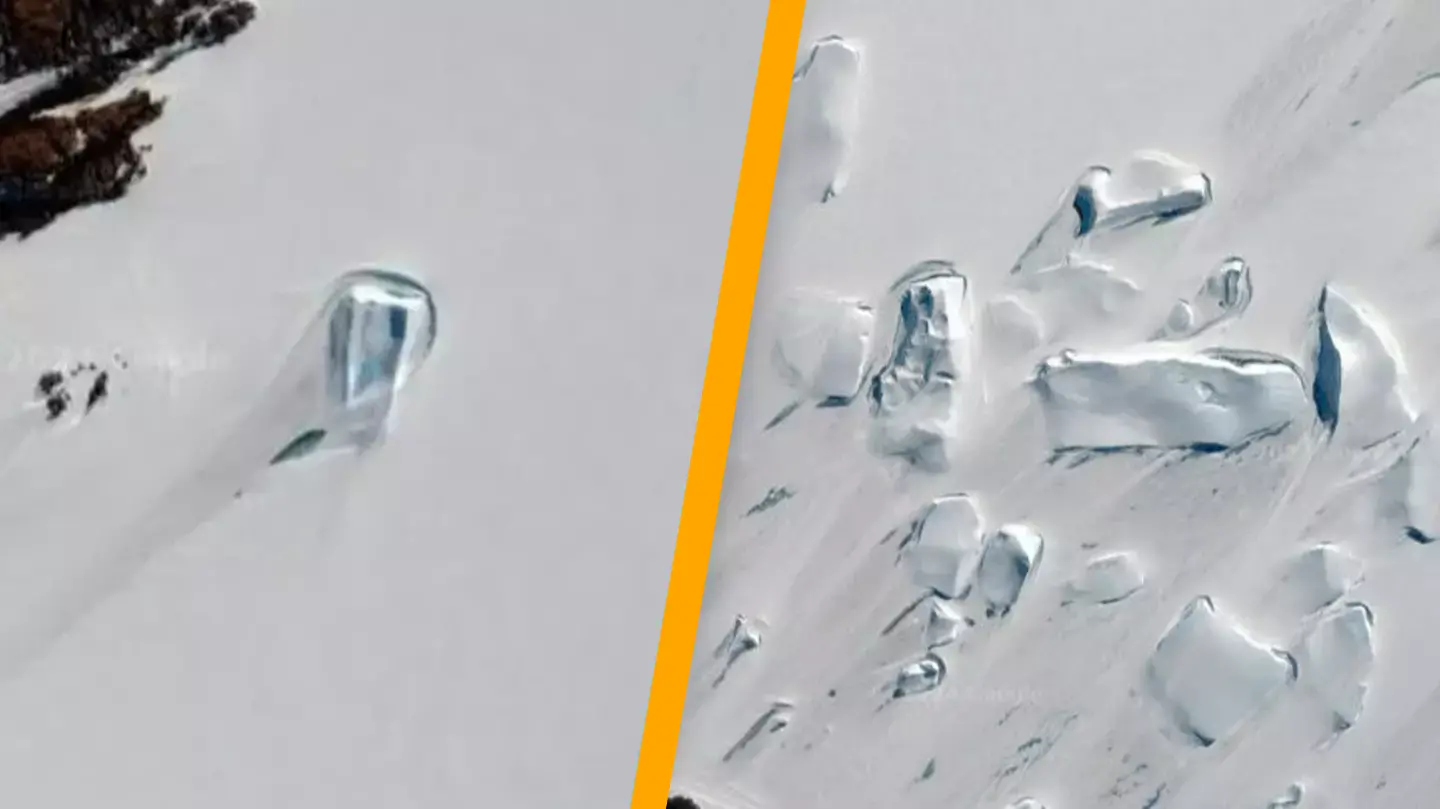People have let their imaginations run wild after spotting what resembles a doorway in the secluded snows of Antarctica.
In today’s world, we have gathered extensive knowledge about our planet, even about its most isolated regions.
Yet, a single image from Google Maps going viral has been enough to ignite the most extravagant theories about what might be concealed in Antarctica.
On social media, numerous conspiracy theories have emerged based on the image, ranging from hollow Earth theories to tales of Bigfoot.
The location is found easily on Google maps, lying southeast of the Japanese-operated Showa Station, and it admittedly resembles a door.

Commenting on a Reddit post, one user expressed: “Great find. Could be an underground base entrance of some sort. Could be nothing. Excellent find either way.”
“Cthulhu has to live somewhere, now shut the door so no drafts get inside,” another remarked.
“It’s just an entrance to Monsters Inc. Yeah abominable snowman is probably lurking somewhere nearby,” added a third.
Despite the swirling speculation, Bethan Davies, a professor of Glaciology at the University of Newcastle, provided a more plausible explanation.
In an interview with Mail Online, she examined the coordinates and stated: “This feature is in an area of fast sea ice in East Antarctica, just offshore of the coast.
“There are a series of islands there and the water is pretty shallow.
“This is an iceberg that became grounded and is now stuck and melting out in situ. You can see many other icebergs in the area.”

Martin Siegert, co-director of the Grantham Institute, concurred with Davies’ conclusion.
So for those hoping life on this blue rock was going to become drastically more interesting with the discovery of a secret Antarctic portal, it seems that is not the case.
Siegert explained: “This is simply ice flow around a solid subglacial obstacle, influenced also by melting and re-freezing of ice and by katabatic winds.
“The ice is quite thin here, as evidenced by other outcrops of rock nearby, so the influence of the bed on ice flow will be strong.
“It’s an interesting pattern, but not unusual or surprising glaciologically.’

